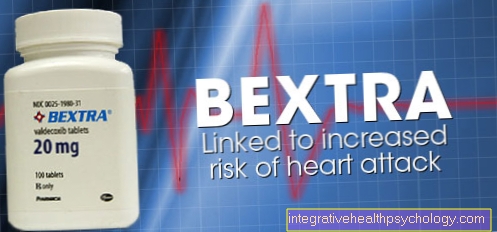Spiroergometry
Synonym: Ergospirometry, English: cardiopulmonary exercise testing (CPX)
definition
Spiroergometry is a medical procedure that is a combination of spirometry and ergometry. Thereby means Ergo as much as work. The ergometry is characterized by the fact that the test person does physical work during certain Vital signs to be recorded. Spiro means something like breathing. This means that spirometry is used to measure Lung volumes and relates them to one another.
The aim of spiroergometry is to improve the functioning of the heart and lungs (cardiopulmonary performance) as well as the metabolism at rest, under increasing stress and with the highest possible stress.
Spiroergometry is thus a procedure that is used in sports and performance medicine, but also in cardiology, pulmonology and occupational medicine. It serves as a non-invasive objective measurement of physical performance.
physiology
The more the body performs, the more oxygen he needs. The body needs energy in every lifetime. He gains a large part of it from the Breakdown of sugar (glucose), the so-called Glycolysis. During moderate physical exertion, the body is in the mode of aerobic energy production. There is enough oxygen around carbohydrates To metabolize (sugar) completely, the sugar is broken down into its end products.
If the load increases so much that the muscles and the rest of the body need more oxygen than can be delivered, the anaerobic threshold, also Lactate threshold called, exceeded and the body is in the mode of anaerobic energy generation. Carbohydrates are still being metabolized, but they can no longer be broken down to the end product, only to the point of degradation Lactate. Lactate is produced even before the anaerobic threshold is reached, but in smaller quantities.
Services that are performed in the anaerobic area are only to be performed for a short period of time, usually within a few minutes, during services in the aerobic area Endurance performance are, for example, with a marathon runner.
The provision of oxygen and the provision of services in the aerobic and anaerobic area play a central role in spiroergometry.
Procedure of the investigation
During the examination, the test person usually does physical work either on one Exercise bike or on a treadmill. There are, however, especially with spiroergometry Competitive athletes, also other devices, for example Rowing or canoeing ergometer. The performance that is to be provided is usually increased further, this is done individually to the performance of the respective test person. The increase takes place either in stages (Step process) or continuously (Ramp method).
During this time, the test person wears a breathing mask that Tidal volumes and on the other hand the Proportion of oxygen (O2) and Carbon dioxide (CO2) in the air. In addition, a electrocardiogram (EKG) derived, including the Heart rate per minute represents.
Depending on the question, the Blood pressure be measured. Also a Measuring lactate levels and blood gases can occur, blood is usually given to the test person for this Capillary blood on the earlobe removed.
Readings
The main focus of the investigation is the determination of Breathing gases. They are measured directly Respiratory rate (AF), the Minute ventilation (AMV), the Carbon dioxide release (VCO2) and the Oxygen uptake (VO2).
In the case of spiroergometry, the aforementioned variables continue to become respiratory quotient (RQ = VCO2 / VO2) and the maximum oxygen uptake (VO2max) calculated.
The measured values mean the following:
- The Minute ventilation refers to the volume inhaled and exhaled per minute. At an average breathing rate 12 to 14 / min and a tidal volume of about 600 ml per breath the minute volume of an adult is around 8000 ml.
- The Oxygen uptake denotes the Amount of oxygen that the body takes from inhaled air per unit of time. It increases with increasing physical exertion, as the body needs more oxygen here than at rest.
- The maximum oxygen uptake (VO2max) describes the Maximum amount of oxygen that is taken from the inhaled air per unit of time, so it corresponds to Oxygen depletion under maximum stress. For untrained people it is 3-3.5 l / min, in trained people it rises up to 5-6 l / min on. However, since this value strongly depends on the physical constitution, it is now mostly given in relation to kilograms of body weight. This is the normal value for a young man 44-50 ml / kg Body weight. Top athletes achieve values of up to 95 ml / kg body weight.
- Of the respiratory quotient is calculated from Carbon dioxide release divided by oxygen uptake, so VCO2 / VO2. He can provide information about the Percentage of carbohydrate or fat burning give. The RQ is at pure fat burning 0.7, at pure carbohydrate burning 1. At high exercise intensity, the CO2 exhalation exceeds the O2 uptake, the RQ rises 1,1. An RQ of 1.1 is therefore a sign of exhaustion, i.e. reaching the maximum possible physical strain.
Anaerobic threshold

Furthermore, the anaerobic threshold, also Lactate threshold to be called certain.
This is the point at which the body can no longer meet its energy needs only by means of aerobic energy production, it must now also break down carbohydrates (sugar) without the addition of oxygen, whereby lactate is formed.
If a performance is performed above the anerobic threshold, it cannot be sustained for long, while a load below the anerobic threshold enables long-term resilience, for example for marathon runners.
The anaerobic threshold can be determined, for example, by a Blood sample from the earlobe taken and the lactate level is measured. From a value of about 4 mmol / l the anerobic threshold is reached, although this value can vary greatly from person to person. The lactate concentration at rest is usually around 1-2 mmol / l.
Respiratory compensation point
Reaching the anaerobic threshold can also use the respiratory compensation point be estimated.
From this point onwards it becomes clear with continued increasing physical exertion more CO2 exhaled than before. This is due to the fact that anaerobic energy production leads to increased lactate, which leads to acidification (Acidosis). This leads to a Reinforcement of the respiratory drive (Hyperventilation).
The increased breathing, in turn, leads to a stronger exhalation of CO2, which can be measured in the breathing air in spiroergometry. The RCP is therefore not entirely equivalent to the anaerobic threshold but rather marks a point shortly before reaching the anaerobic threshold.
If the RCP is reached, the oxygen exhaustion is not yet maximal but submaximal. This area is called Continuous output limit designated. A load in this area can be continued without the muscular fatigue occurring quickly.
Termination criteria
Spiroergometry is widely used when working with High-performance athletes.
But also in clinical routine with patients, just in the cardiology (Heart specialty) and Pulmonology (Lung specialty), it is used. Here in particular, attention must be paid to potential limitations in the patient's performance and any signs of physical overstrain.
To the Termination criteria during a spiroergometry count, among other things, that the patient / test person has a sudden Chest tightness or pressure (Angina pectoris) or there are signs of the EKG Reduced blood flow to the heart (Ischemia) or Cardiac arrhythmias demonstrate. Also signs of respiratory failure, such as Cold perspiration or dizziness should cause the investigation to be terminated.
Contraindications
Spiroergometry is an examination that is associated with considerable physical strain. In this respect, it must first be checked whether the patient suffers from a disease that does not allow such stress. Which includes:
- a acute heart attack
- a infection (for example a pneumonia)
- a pronounced Narrowing of the aortic valve of the heart (heavy Aortic stenosis)
- a severe heart failure (Heart failure)
- a acute respiratory failure
- a acute thrombosis (Blood clots, for example in the lower leg).
In the case of patients who are chronically ill but are still moderately resilient, the burden must of course individually can be adapted to their resilience.
Indications
In addition to working with (high-performance) athletes, which is an indication in itself, there are also useful indications for performing a spiroergometry in everyday clinical practice.
For example, to clarify more precisely shortness of breath (Dyspnea), in front Heart and lung surgery to determine the current resilience and, if necessary, to compare it with the results after the operation, within the framework of medical reports to assess the performance of patients with Occupational diseases as well as to assess the success of medication or training therapy heart or lung disease patients.
costs
The costs for the spiroergometric examination are not easy to determine.
Here is an example from the book "Spiroergometry course book: technology and diagnosis made understandable, R. Kroidl, S. Schwarz, B. Lehnigk, 2010 " Referenced.
The author lists the following costs for a practice in which the spiroergometric examination is carried out: For one statutory health insurance is the cost of a single examination 40.25 euros, for one Privately insured on 162,69 Euros and for a patient who has the Trade association is insured on 123.70 euros.





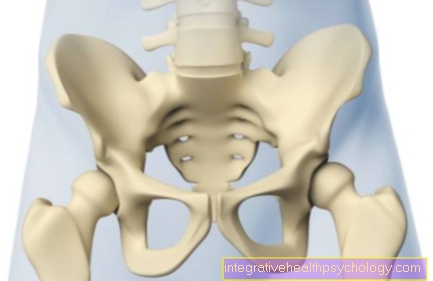







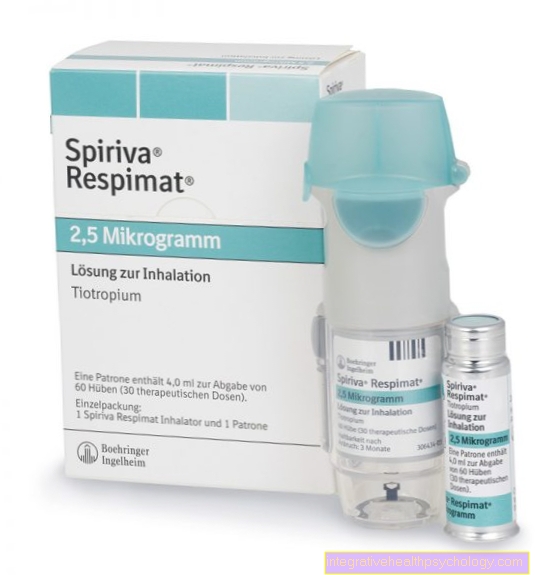
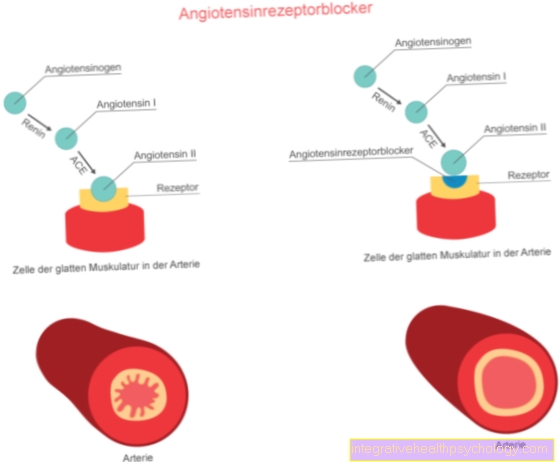



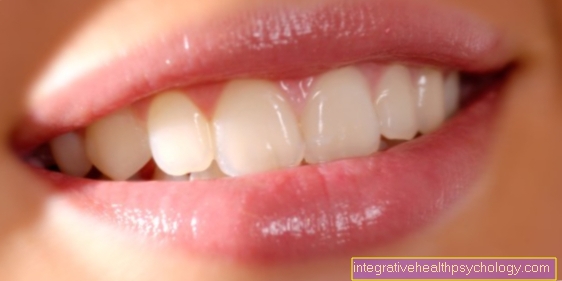

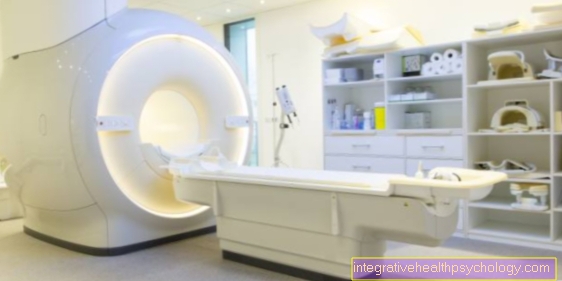
.jpg)



